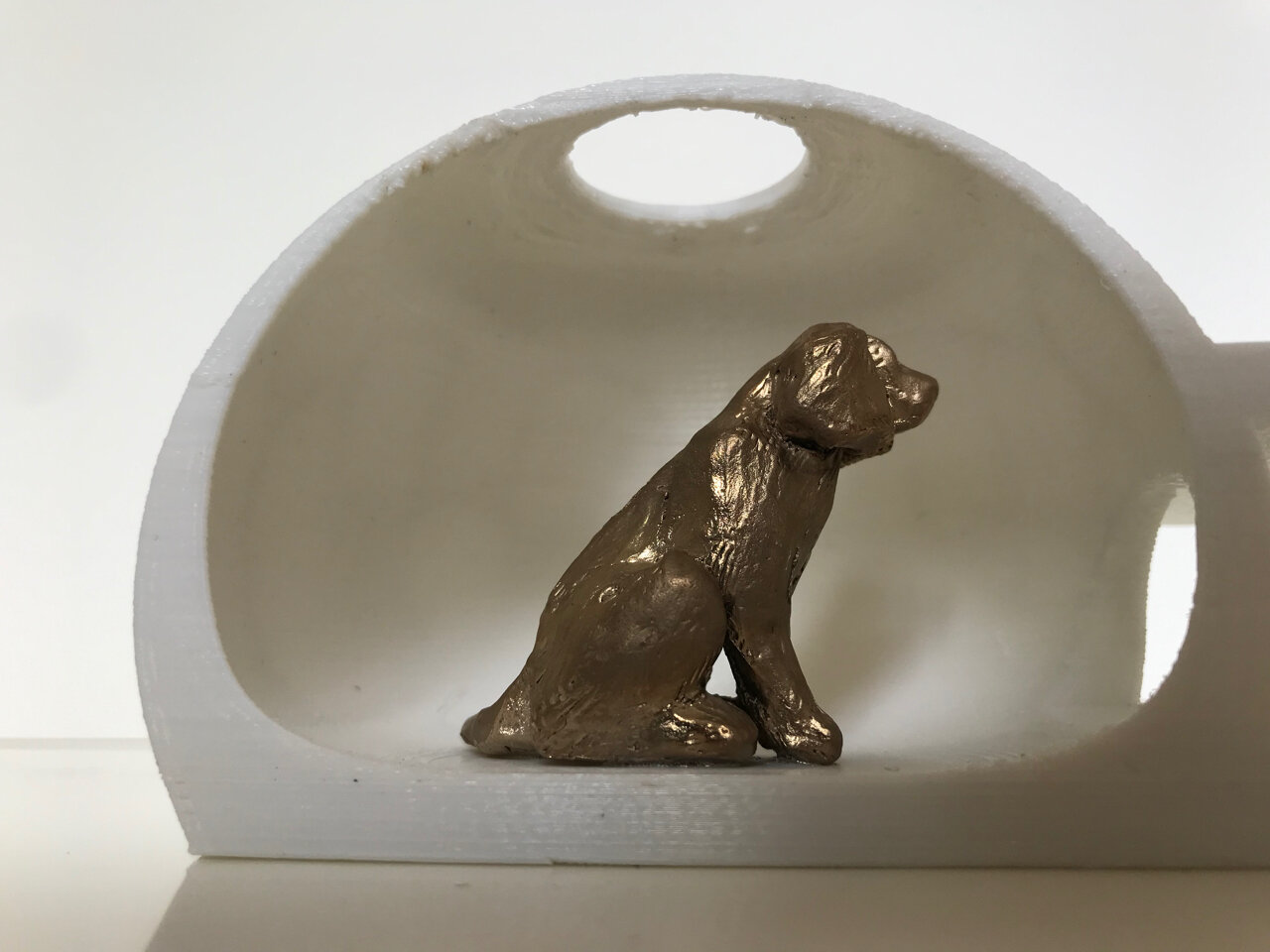From the monuments of Egypt to the medieval cathedrals of Europe, the culture of model making is a practice dating back thousands of years perhaps even before drawing. Model making remains an established method of testing scale, volume light and proportion. The model crystallises the plan and space and deliver a realistic interpretation of relationships to the site, the landscape and built urban features. The methods of construction and prototyping may have shifted, however the underlying substance of a model remains a compelling medium.

